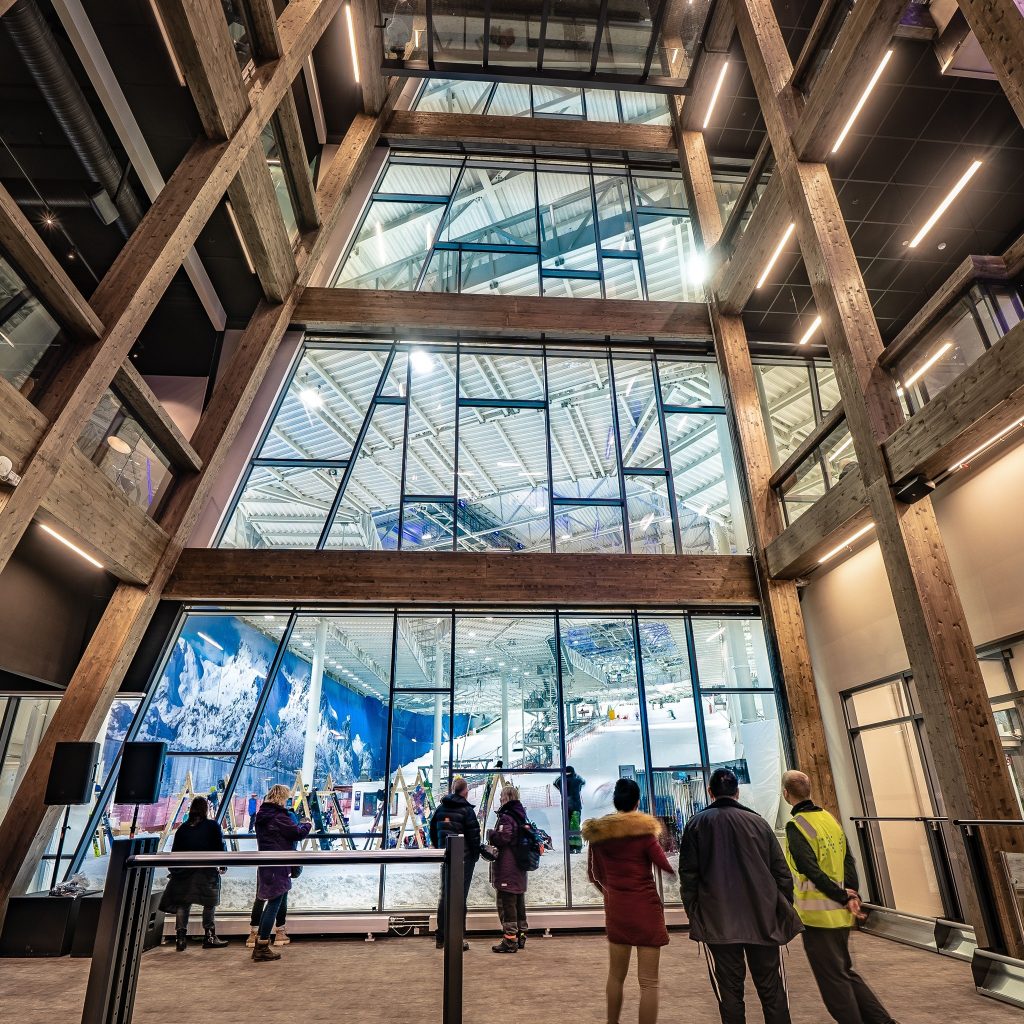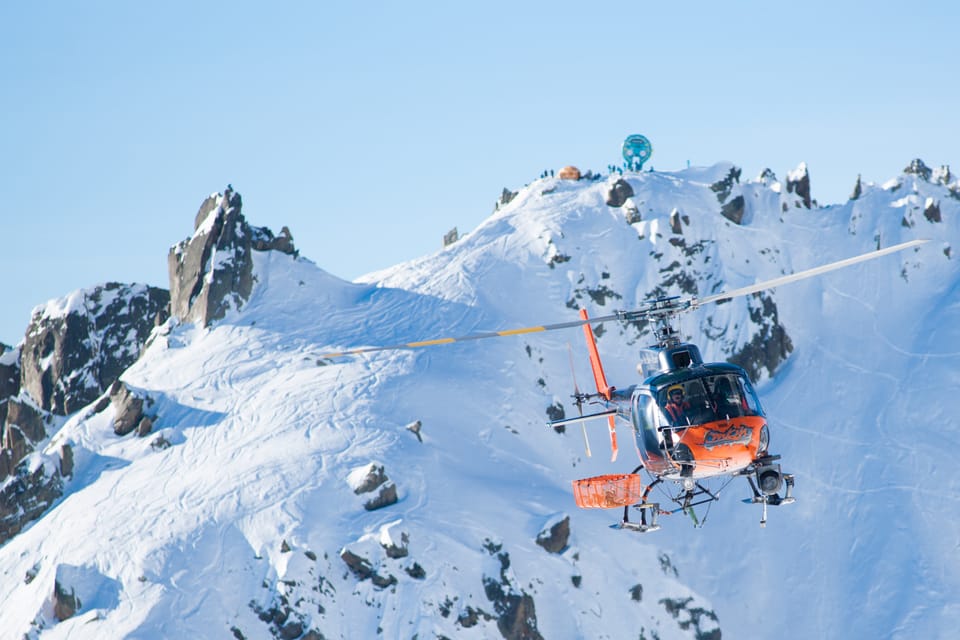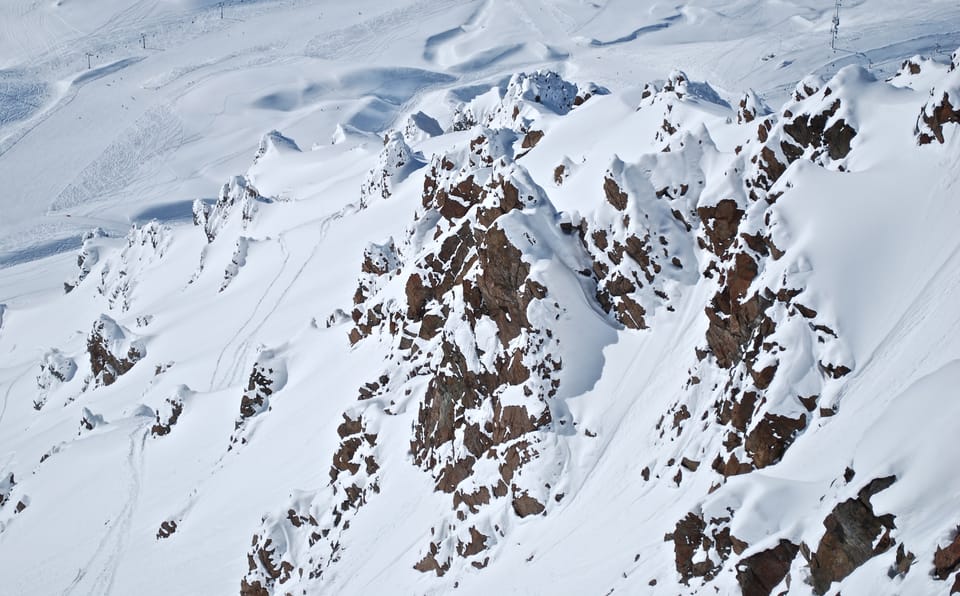Norway’s SNØ Indoor Snow Centre Is More Than Carbon Neutral

Norway’s huge SNØ indoor snow centre which opened shortly before the pandemic has been highlighting the fact that despite the image of indoor snow centres needing to use a lot of energy to keep the snow in shape year-round, it is actually a so-called ‘plus building’ – generating more green energy than the power it needs to operate.
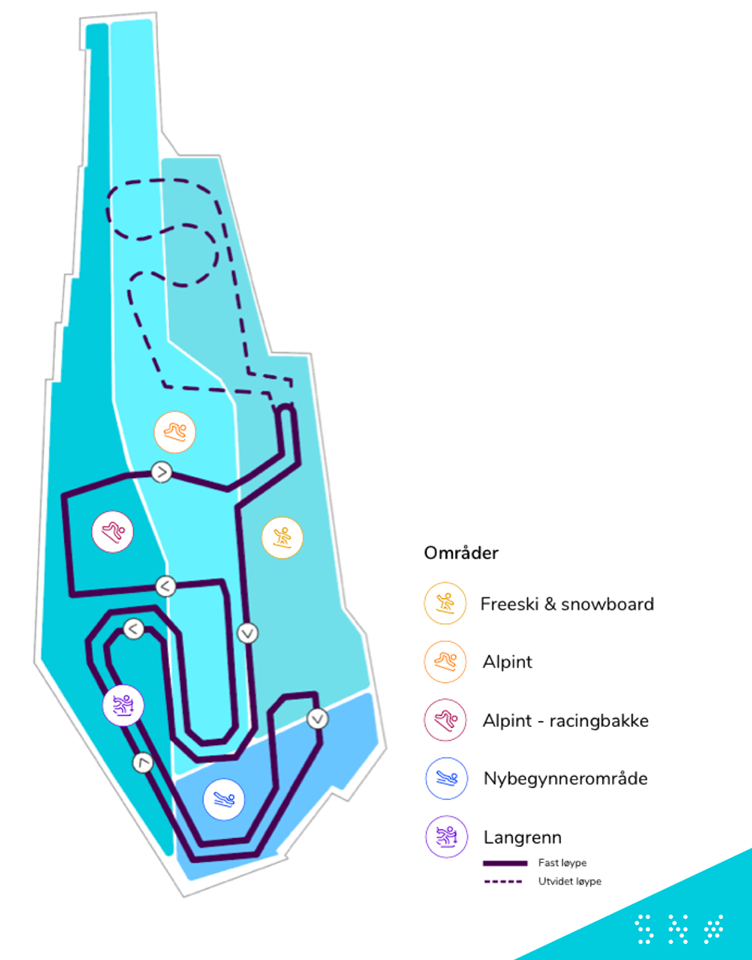
The surplus energy that we produce goes to the local area, in the form of both district heating and district cooling. It issued this statement.
“From a sustainability perspective we can state that we send out around 23% more energy for heating other buildings than we use for electricity from the grid. In addition, we dare to say that SNØ also has an infinite sustainability perspective with regard to the UN’s sustainability goal number 3 – Ensure good health and promote quality of life for everyone, regardless of age. Because here we offer skiing and cultural joy that everyone can take part in. Our vision at SNØ is to inspire more people to activities that make them happy. Because we believe that activity, good health choices and a feeling of mastery are basic prerequisites for people’s positive development.”
In a statement on its sustainability, the centre says prior to design and long before construction, the team behind SNØ visited many existing centres seeking advice on best energy management and on their environmental initiatives. They adopted many of these and added more.
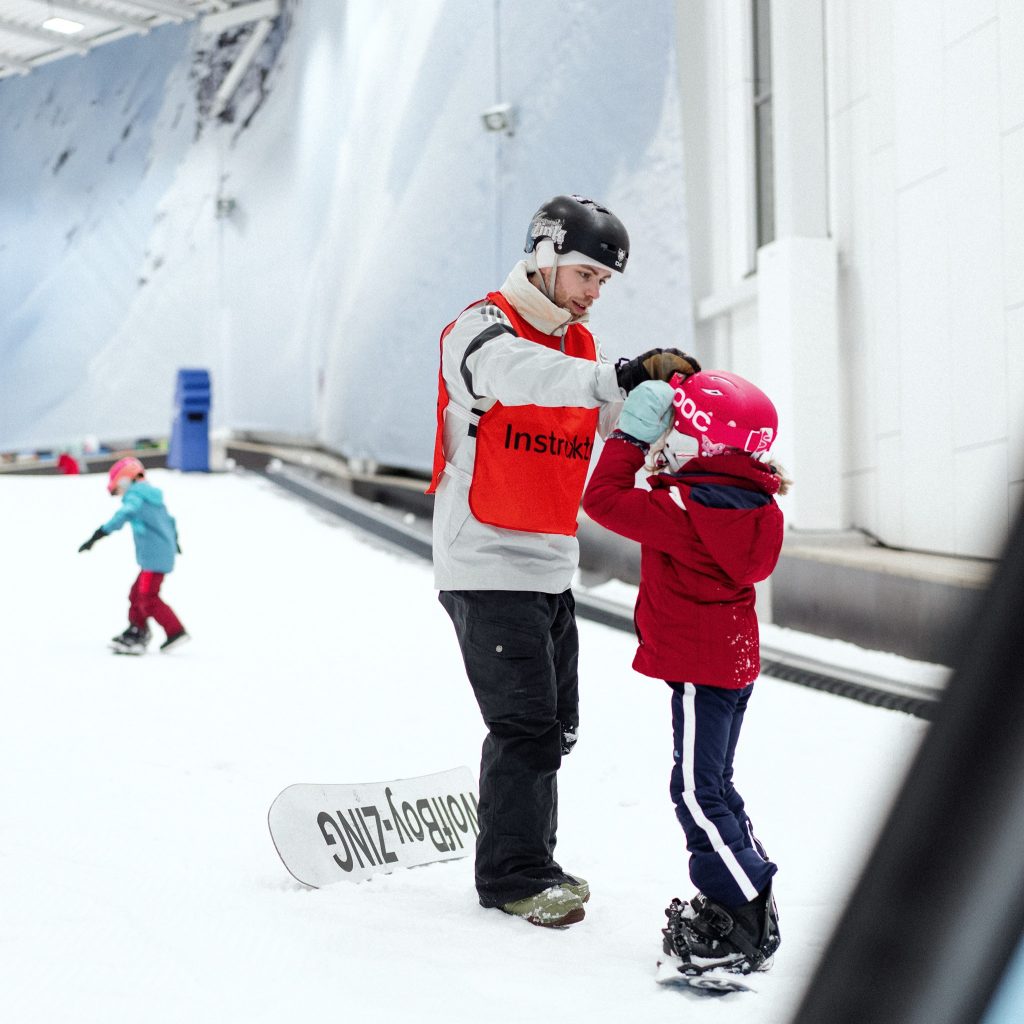
The centre uses the least possible energy to keep the snow cold. This includes having exceptional insulation of walls, ceilings and in the ground around the entire arena. The arena also maintains a passive house standard when it comes to sealing in the cold, which is very important so as not to leak large amounts of cold energy.
“If the 500m long building was not tightly sealed, it would function as an 80m high chimney where all the cold would flow out of the building,” the statement explains.
Then it is a case of thing like ultra-efficient refrigeration machines and using the latest heat pumps for heat recovery. Heat is distributed to local; buildings to warm them, both domestic and commercial, and there is also a cool air by-product of the heat pumps which is in turn recycled to nearby commercial buildings.
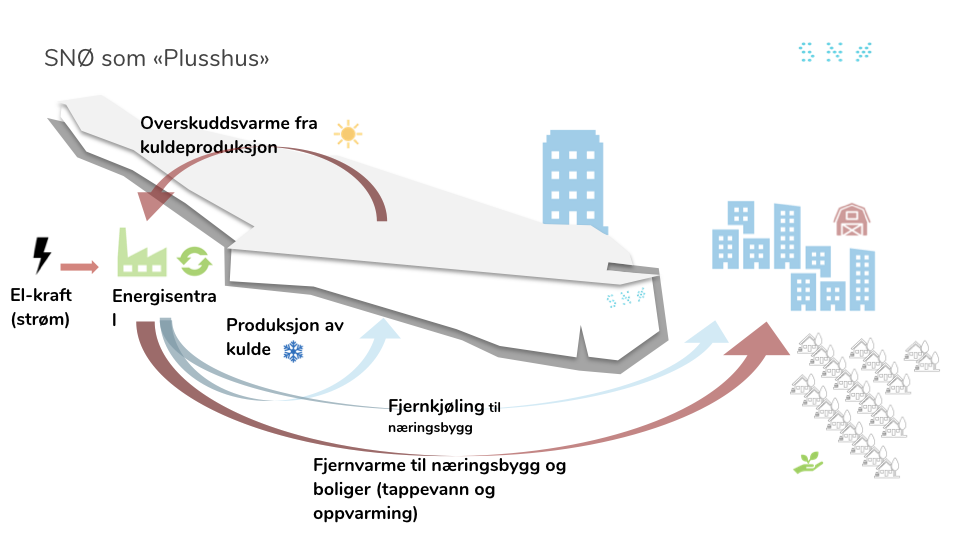
All this effort means that the vast building of 470,000 cubic metres ‘only’ needs 5700 megawatt hours (MWh) of Norway’s green energy annually to keeps the building constantly at -4 to -2 degrees year round. However as the heat pumps deliver around 7000 MWh out of SNØ it is actually exporting more heat energy than energy used. 7000 MWh corresponds to the annual electricity consumption of around 350 detached houses.
“The calculation is thus as follows: the 5700 megawatt hours of electricity that enter gives a total of 8700 MWh in the form of cold, and 7000 MWh in the form of heat. For every kilowatt hour that goes into the building, we get 2.75 kilowatt hours out – which gives a so-called efficiency of 2.75. The energy we use is thus less than the one we bring back to society via the district heating and district cooling network. This means that we deliver more heat energy to the environment than we ourselves use of energy to drive SNOW, which makes us a plus building,” the statement continues.
The centre say they intend to become still more green-energy self-sufficient with a plan to put solar panels on their vast 500m long roof, a way of generating solar power and make “sun in to snow” already in use at a number of indoor snow centres in Europe.
